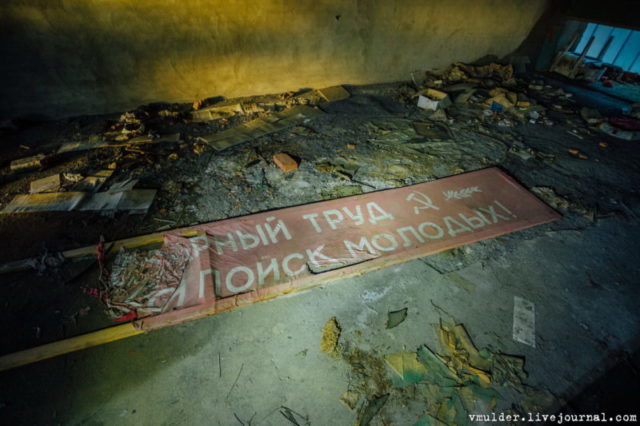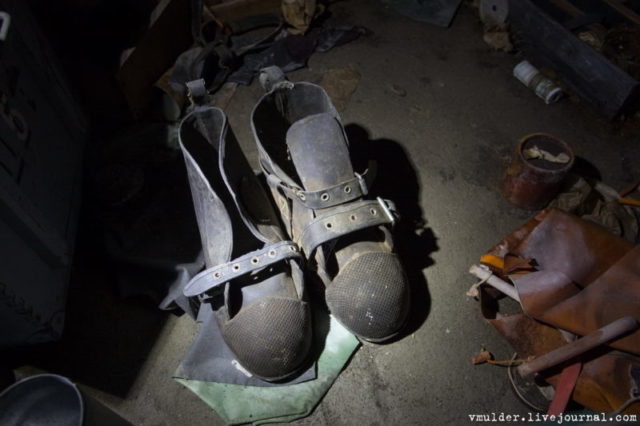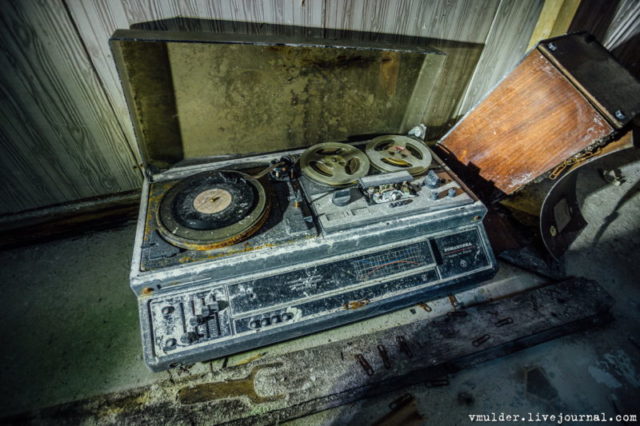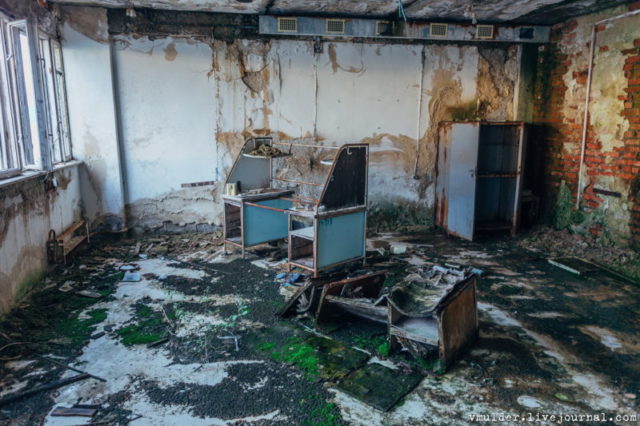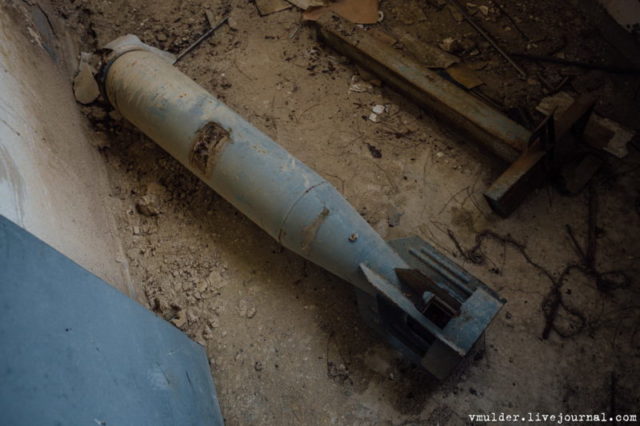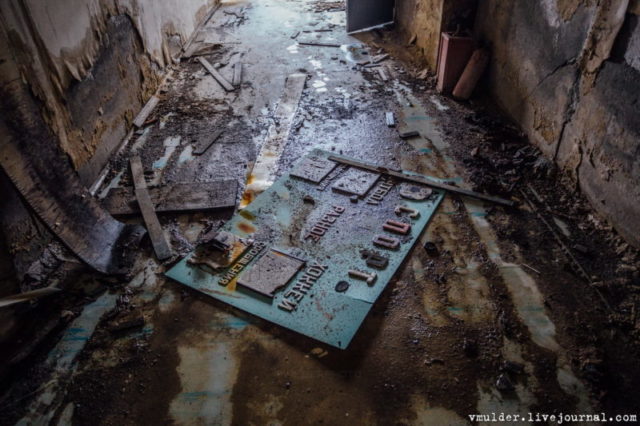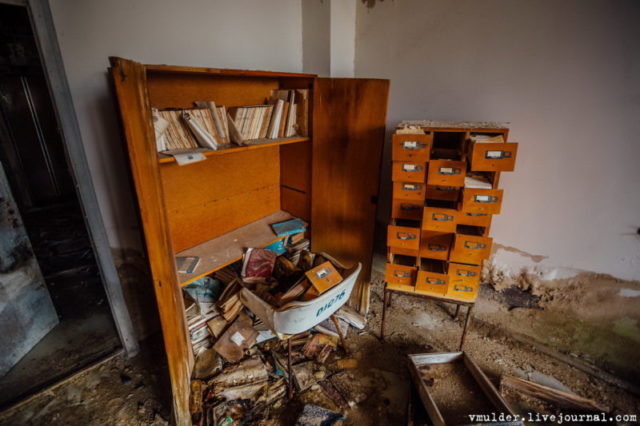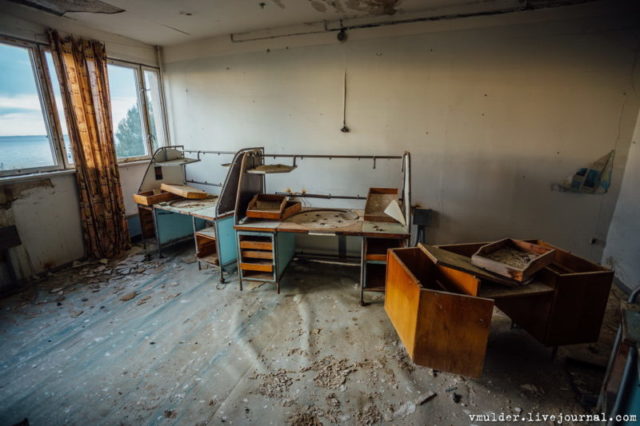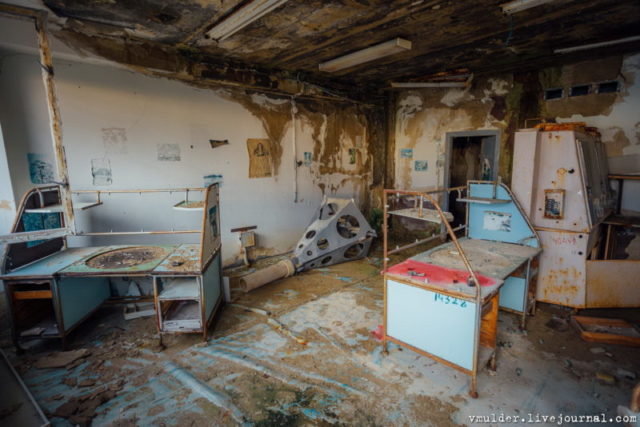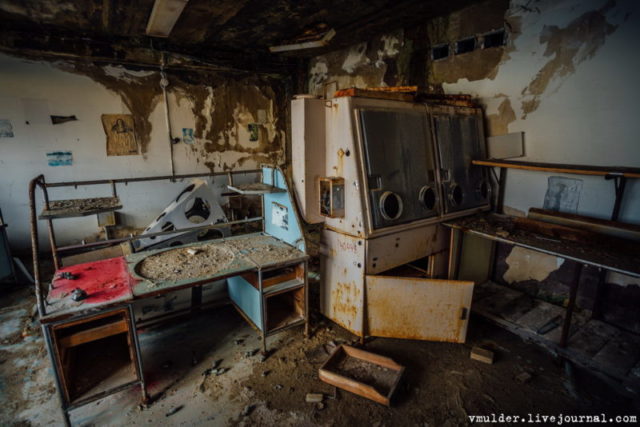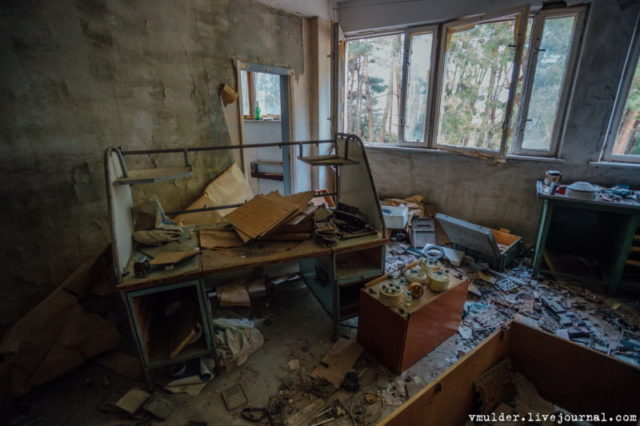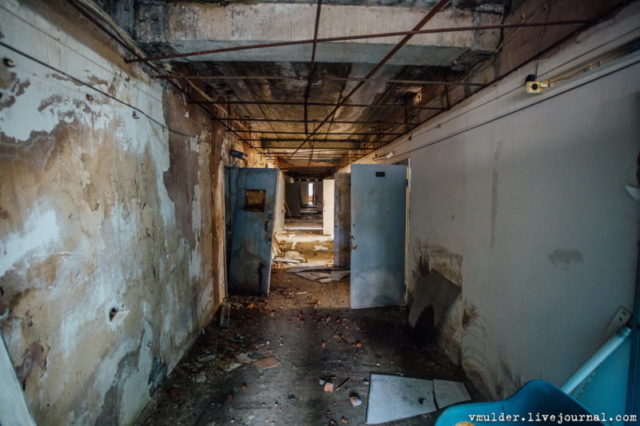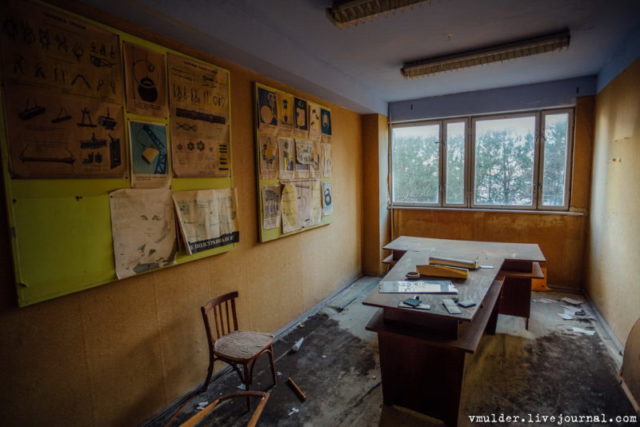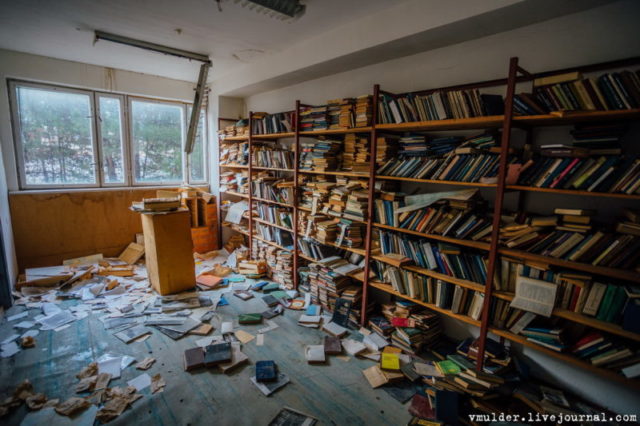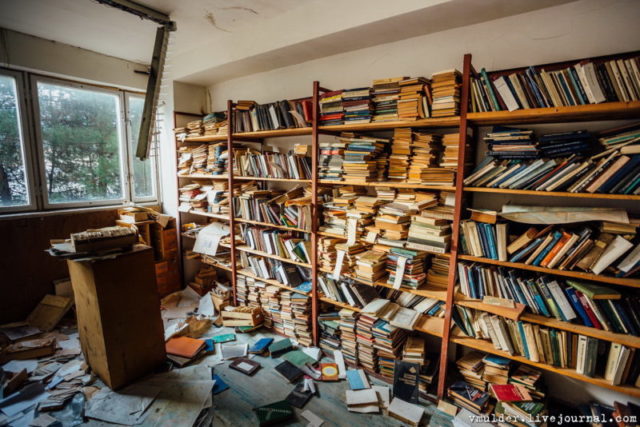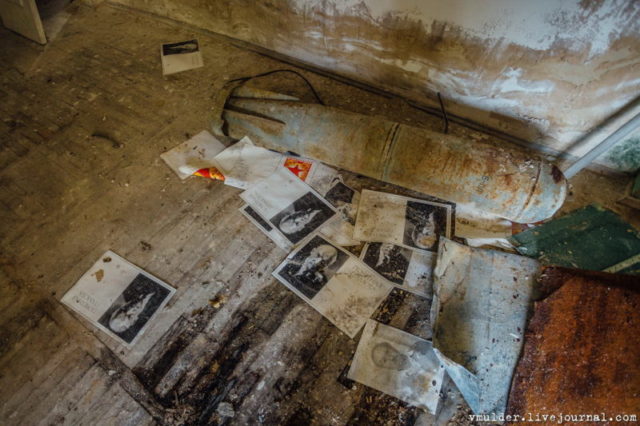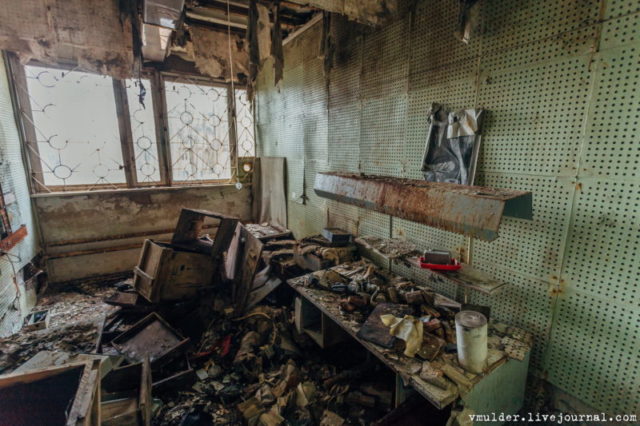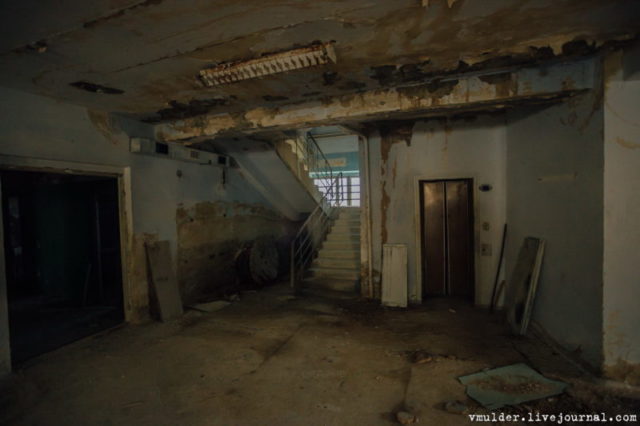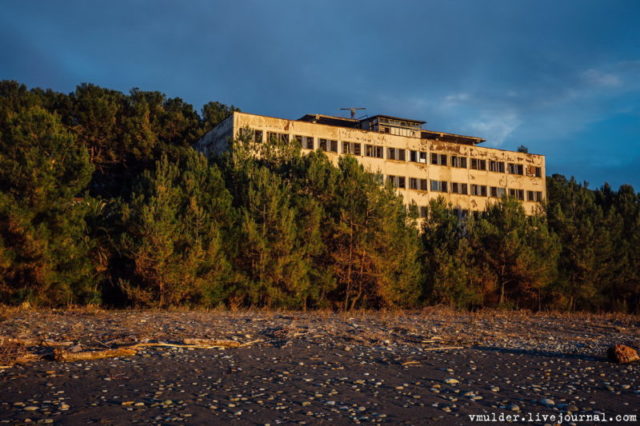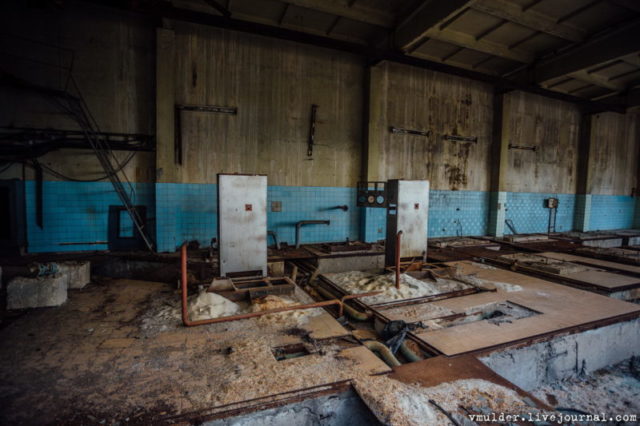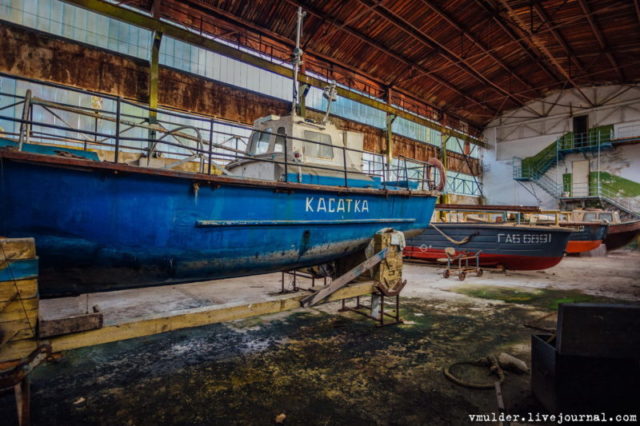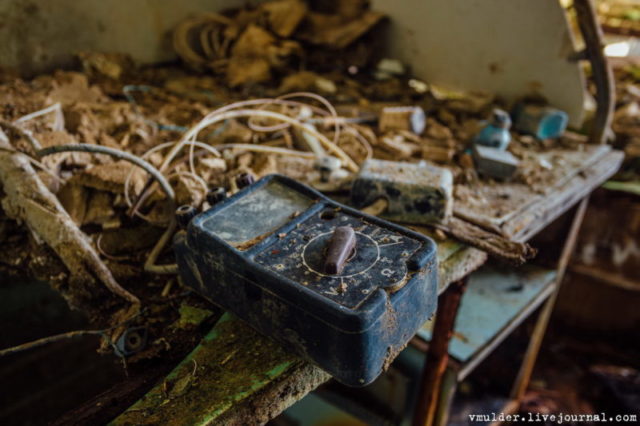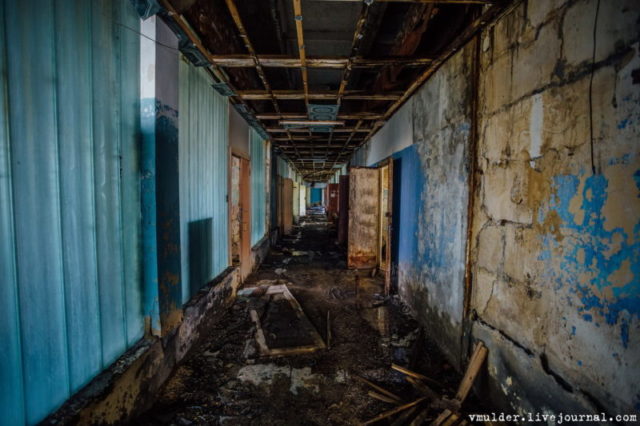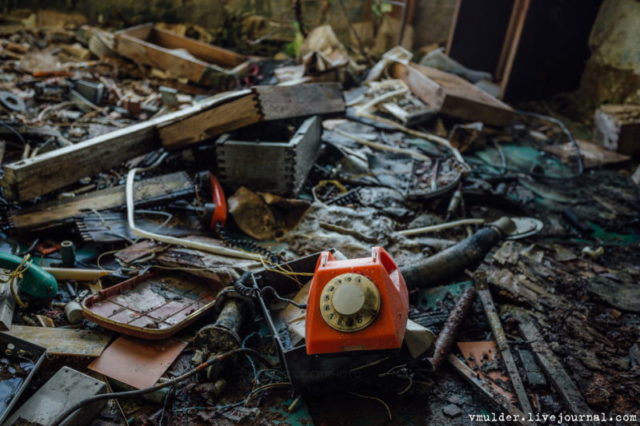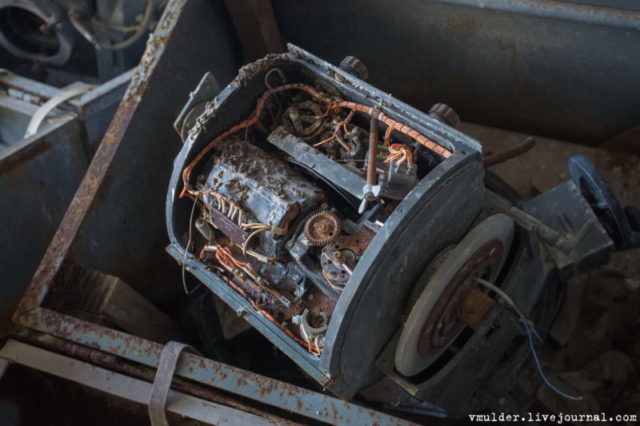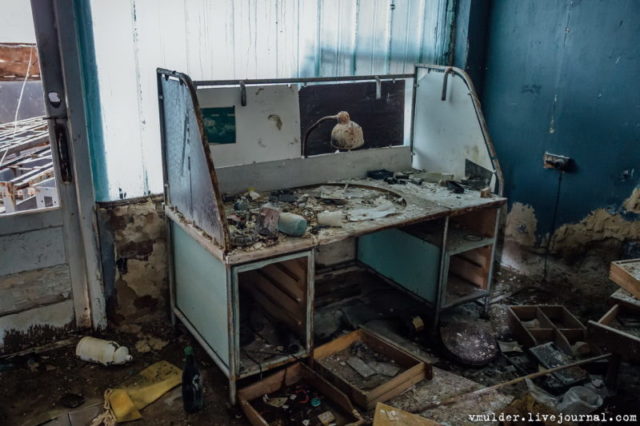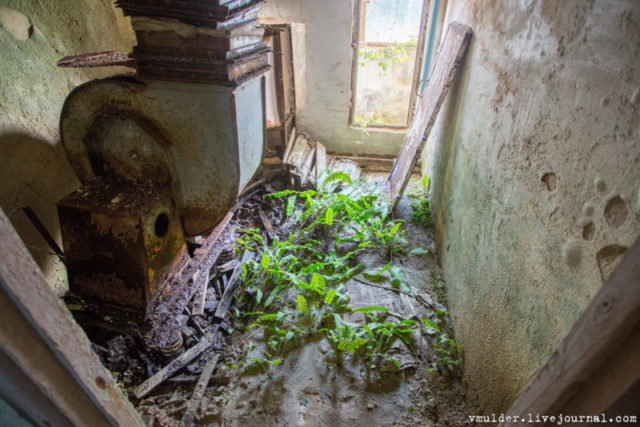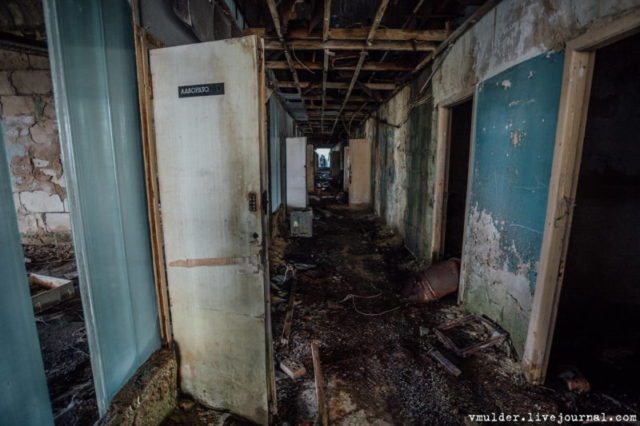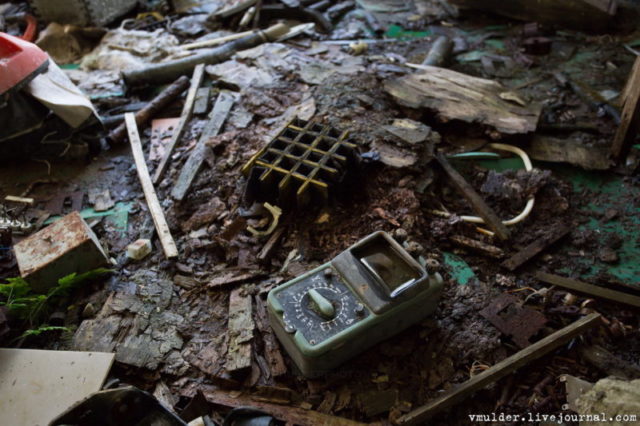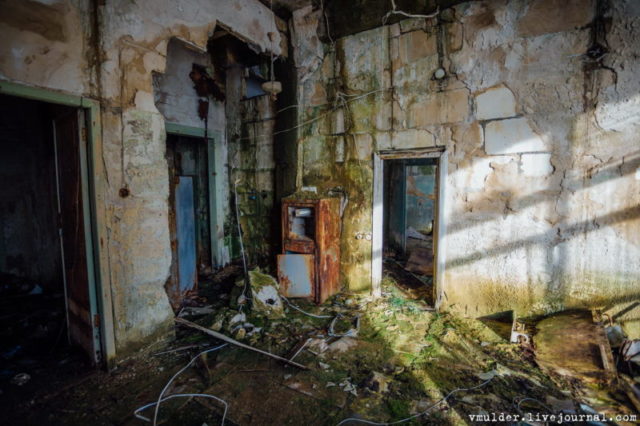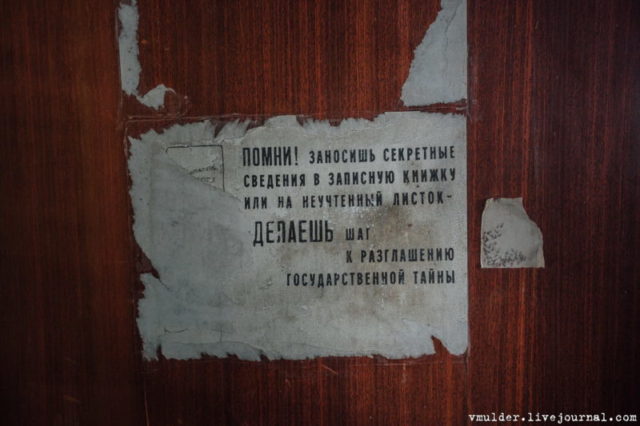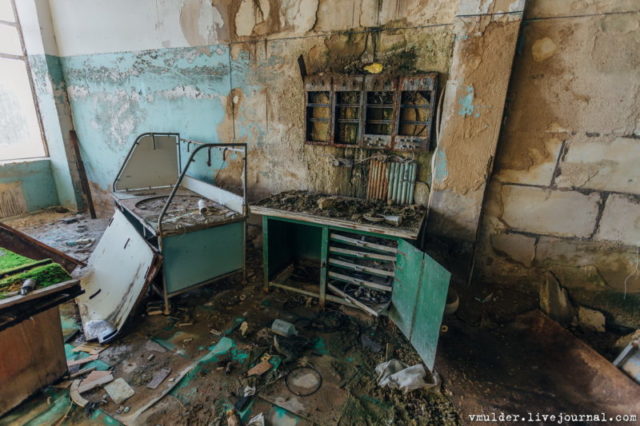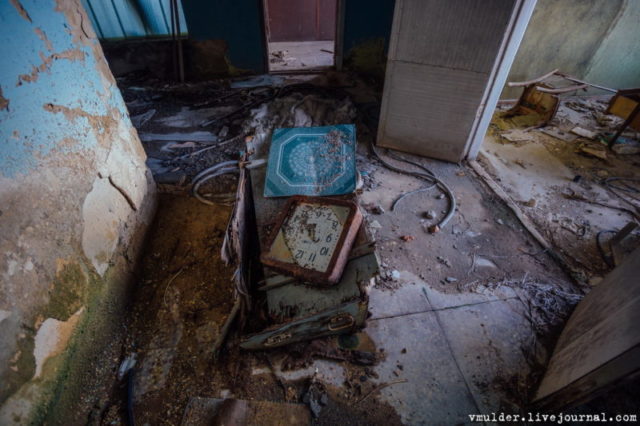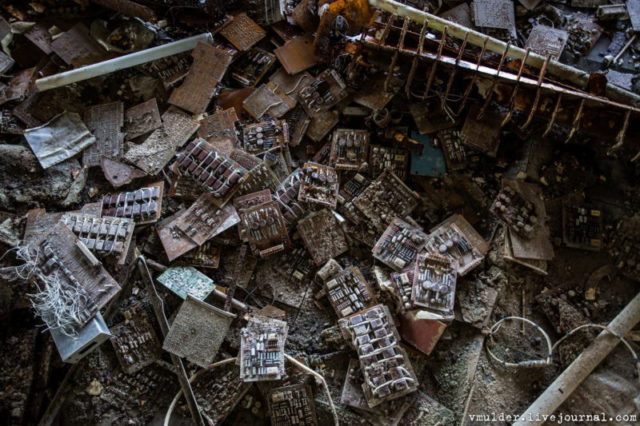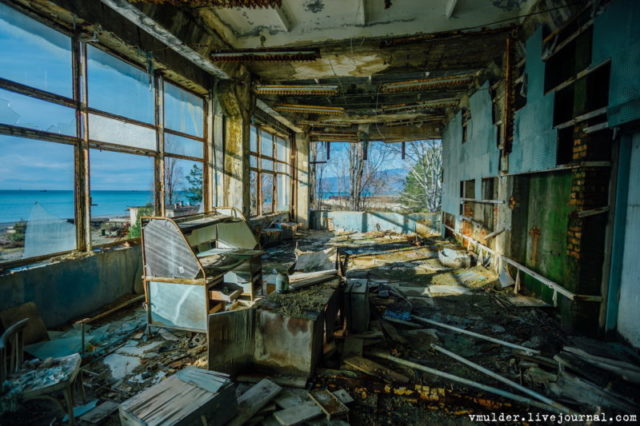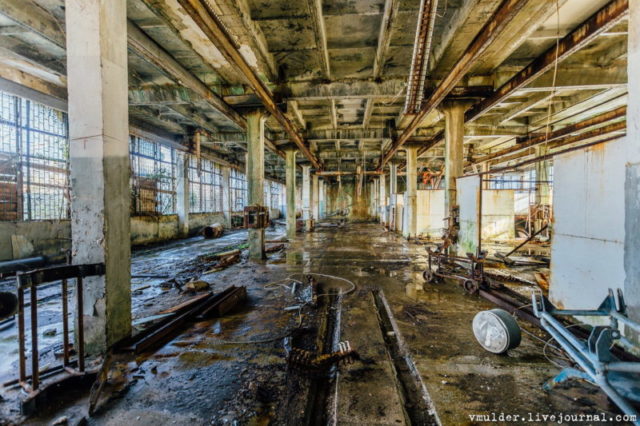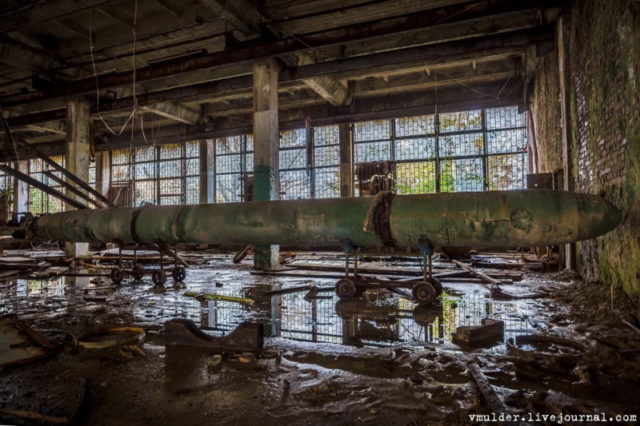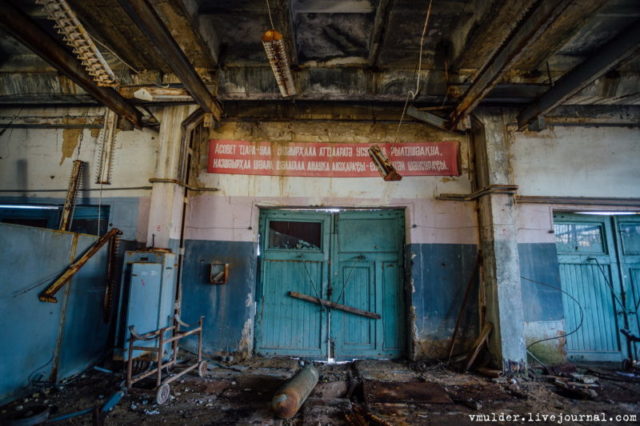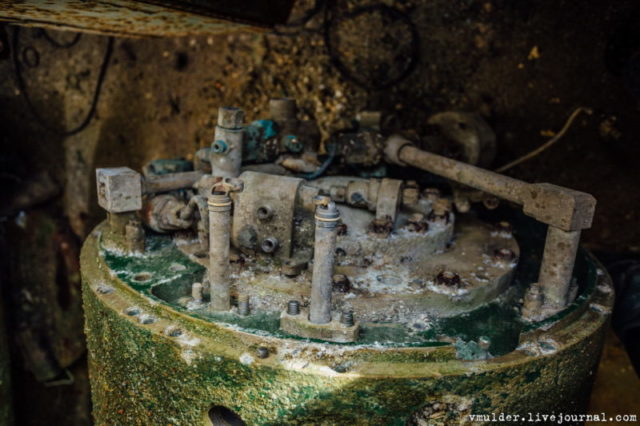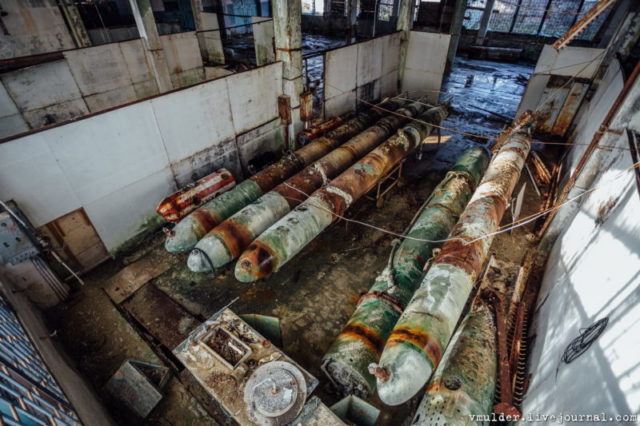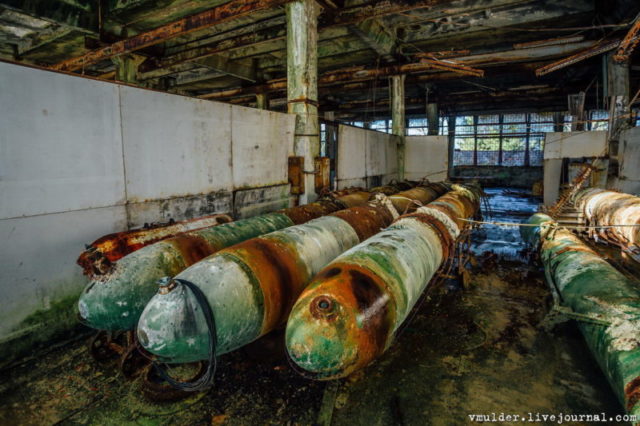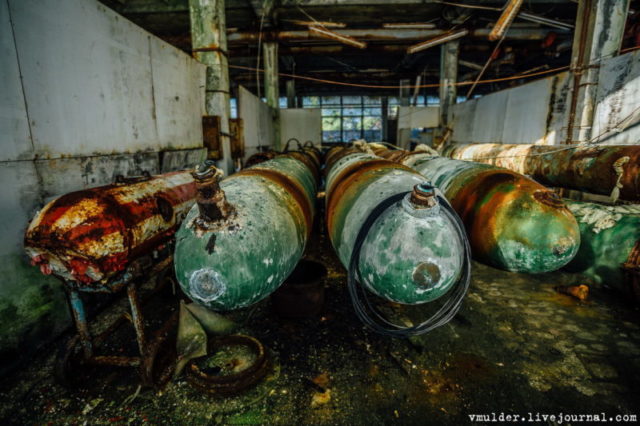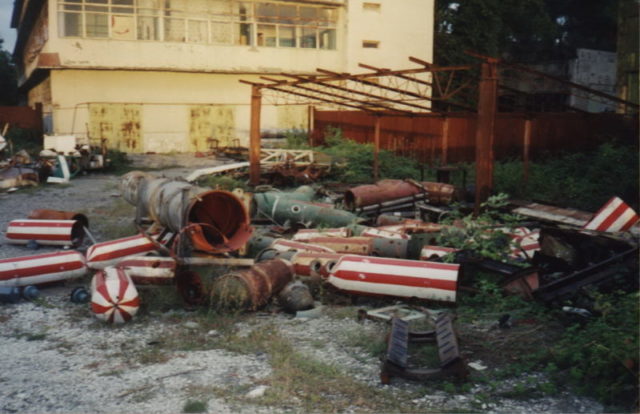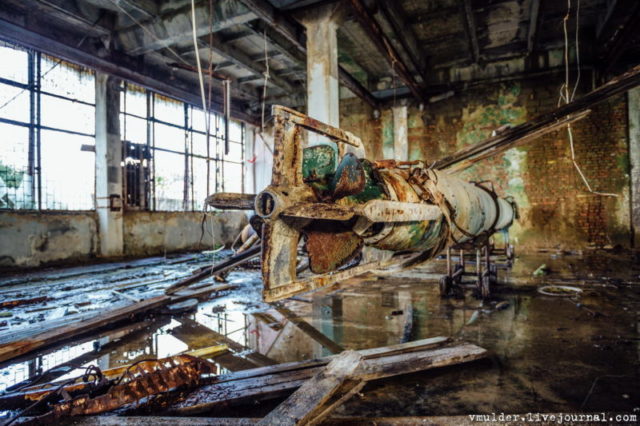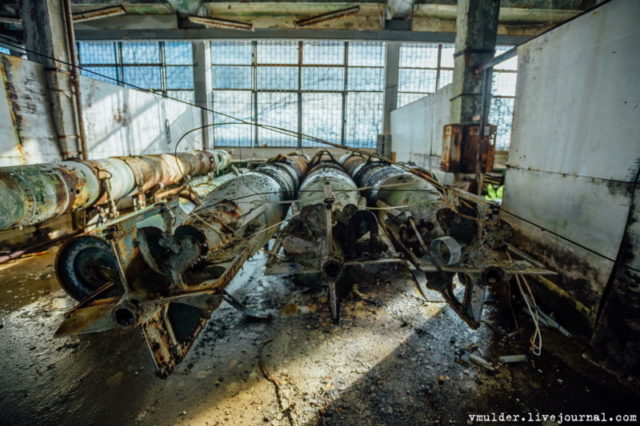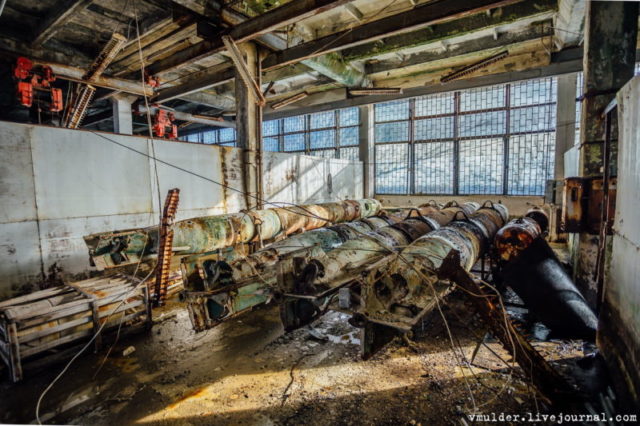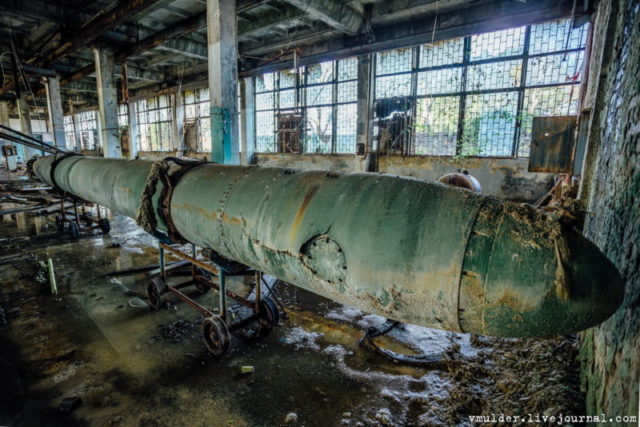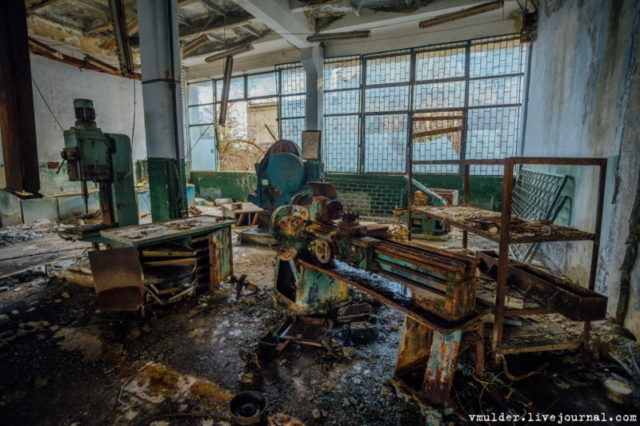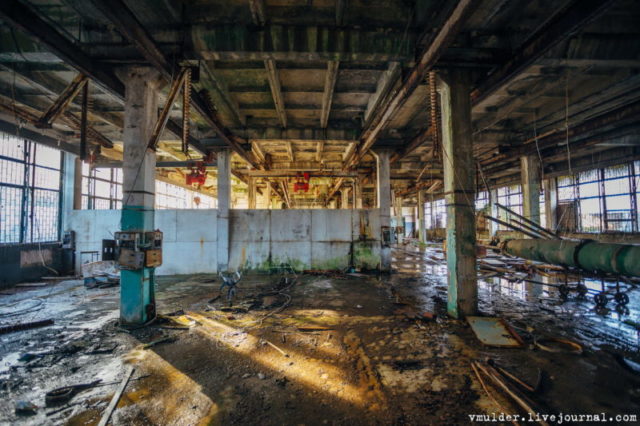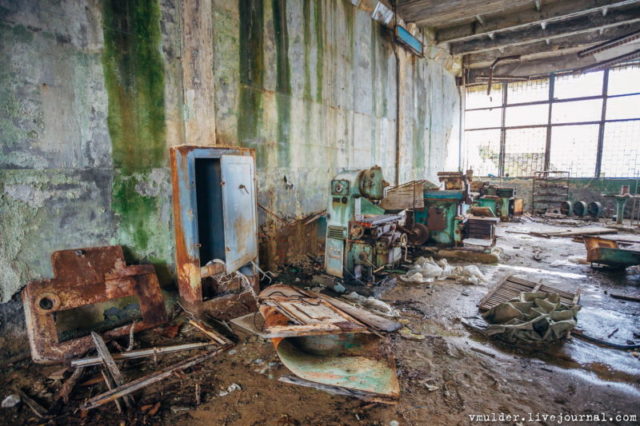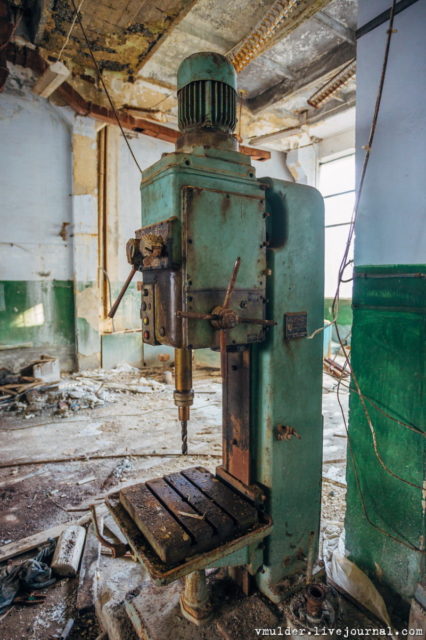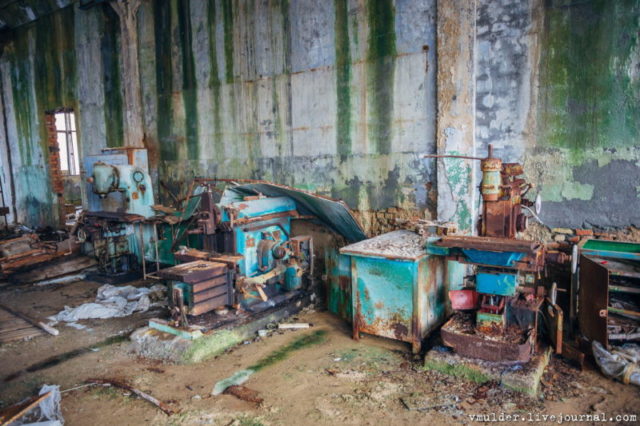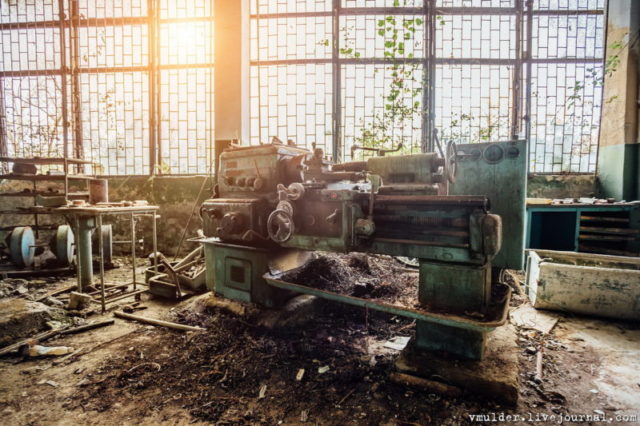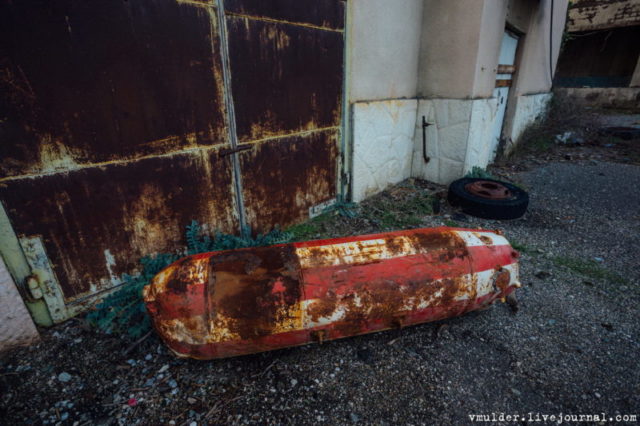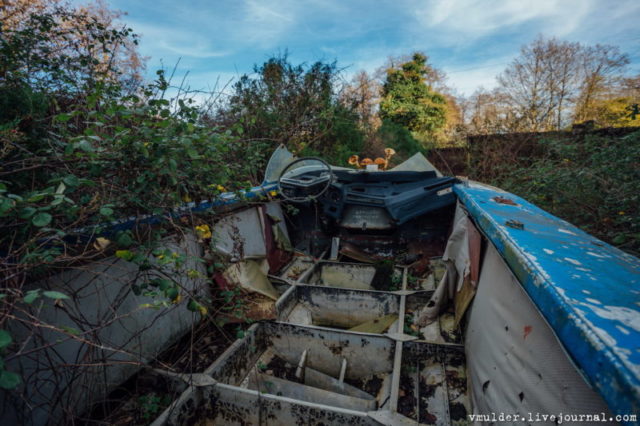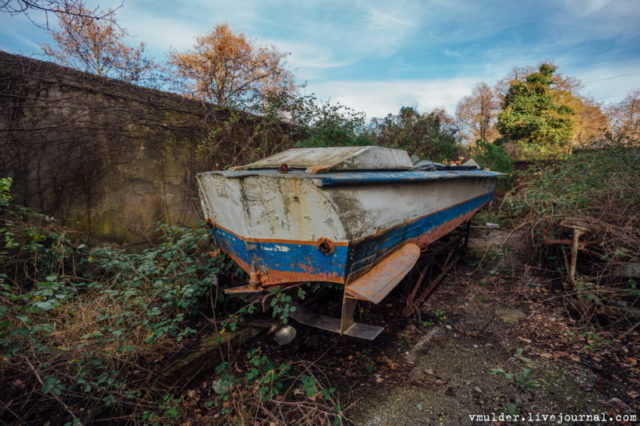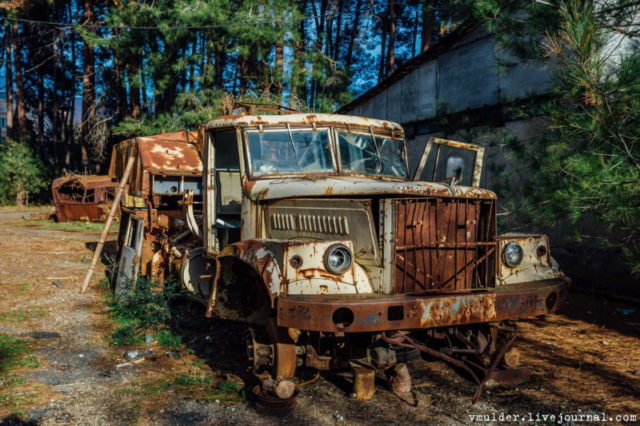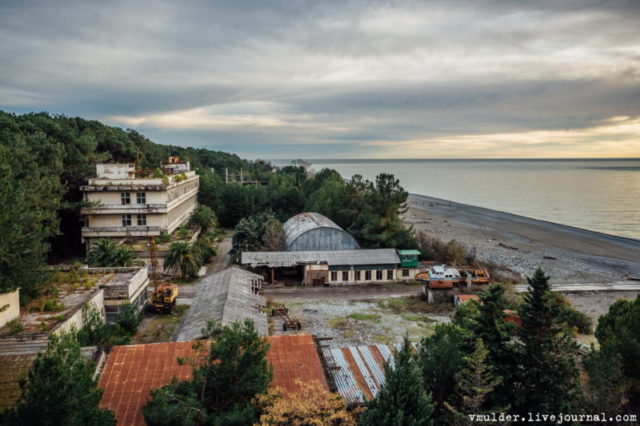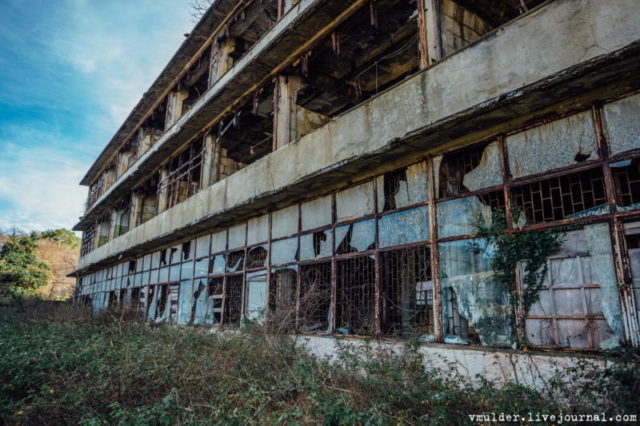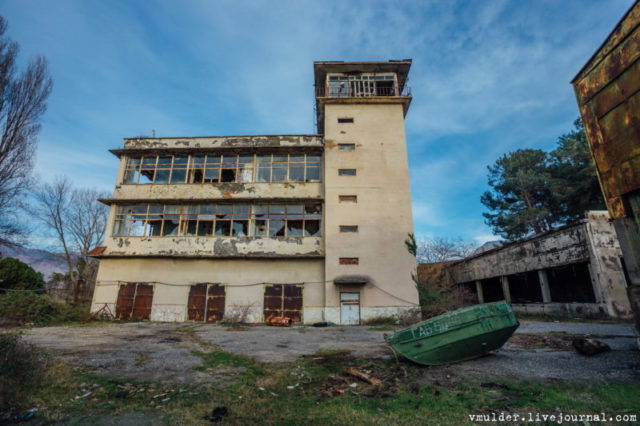Abkhazia, a small separatist polity on the Black Sea coast, is formally recognized as a state only by 5 countries, while the rest of the world sees it as a disobedient part of Georgia. To the outside, the area may appear mysterious, not only because of its unofficial status, but also because in Soviet times a number of secret objects and military bases were based here.
One such secret object is Labarotary No.5 RI-400, also known as “Kasatka.”
In February 1944, on the basis of Resolution of the State Defense Committee in Leningrad (now – Saint Petersburg), the Research Institute-400 was formed, specializing in experiments with mine and torpedo technology. It was later renamed the Central Research Institute “Gidropribor.”
In 1959, the institute established its Laboratory No.5 on the territory of Abkhazia (Abkhazian ASSR), which was then an autonomous republic within Georgia. In 1974 it was transformed into the Black Sea branch of the Central Research Institute “Gidropribor,” receiving its new name- “Kasatka.”
The complex consisted of several concrete buildings with workshops, laboratories and studies. The workshops were used to test mines and torpedoes. For example, research was carried out on autohoming of torpedoes. Allegedly, submarines from Balaklava and Odessa were brought here specifically for open-water tests in this area.
“Kasatka” had many test sites, one of the most interesting is the eponymous BSF Kasatka – a marine laboratory intended for full-scale testing of equipment, mine complexes and mines for features such as interference resistance and durability.
Apart from military tests, BSF “Kasatka” was also engaged in civilian research, which included testing various developments in the fishing industry – new models of fishing trawls, monitoring systems, automatic systems for setting and retrieving of trawls as well as carriers of towed hydroacoustic antennas for fishing vessels.
Research was also carried out on corrosion and new corrosion-resistant materials were developed. Additionally “Kasatka” even lend a hand to the Institute of Geography, facilitating the study of seabed and underwater canyons, as well as dolphin migration. 9 scientific dissertations were produced based on the data collected.
Following the collapse of the Soviet Union in 1991, the research facility became the State Research and Production Association (SRPA) “Kasatka,” since it could not keep its previous Soviet formal name.
The type of work that “Kasatka” would be conducting from then on was officially summarized by the Council of Ministers of the Republic of Abkhazia as a way of maintaining defense capability and ensuring the preservation of the test sites. The focus still was on research and development of marine technology, but this was necessary to ensure that “Kasatka” would not deteriorate in the whirlwind of post-Soviet chaos.
However, despite these efforts the facility now stands abandoned. It was hugely impacted by the Abkhaz-Georgian war of 1992-1993. Following this war, Abkhazia de facto separated from Georgia, but this newly found “independence” did not bring prosperity. Abkhazian economy was deteriorated by wartime spending and the economic sanctions imposed by CIS on Abkhazia in 1996 limited trade, investition flow and slowed economic development.
Even though since 2008 Abkhazia started to receive financial aid from Russia, it is not enough to restore the damaged sectors of the Abkhaz economy.
As a result of lack of funding, Laboratory No. 5, also known as “Kasatka” is now derelict. Equipment and machinery are scattered around free to be looted, old posters are deteriorating on the walls and plants are slowly taking over the concrete workshops and labs.
Photo and information source: V Mulder, an independent urban explorer: vmulder

